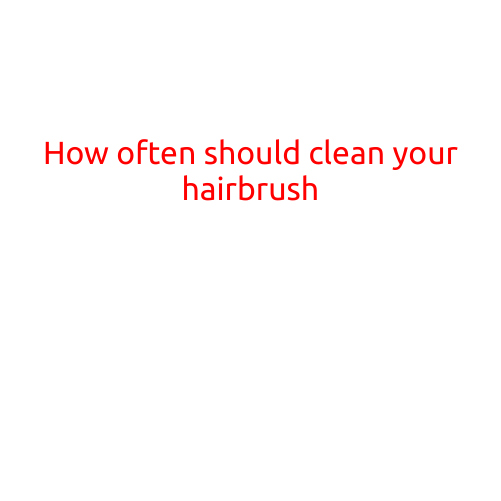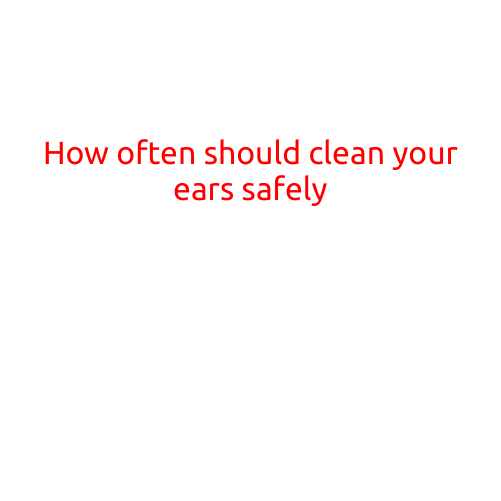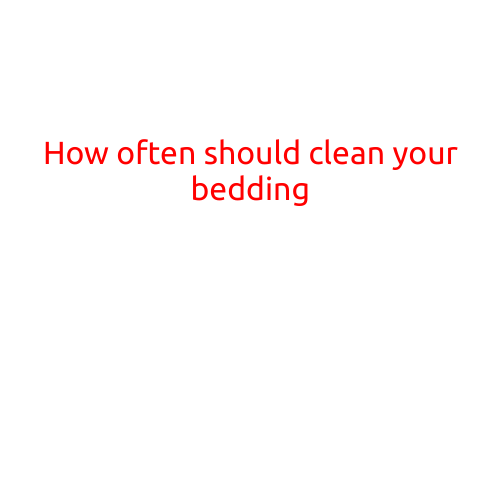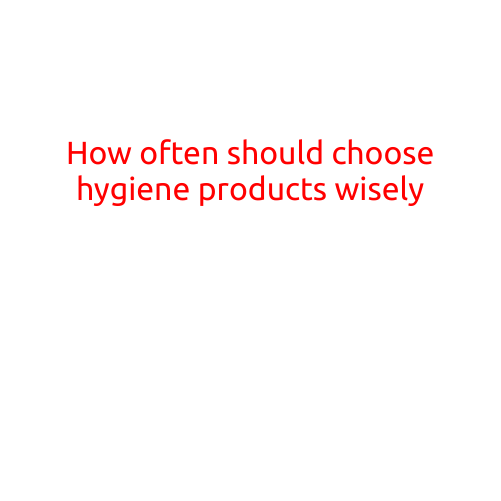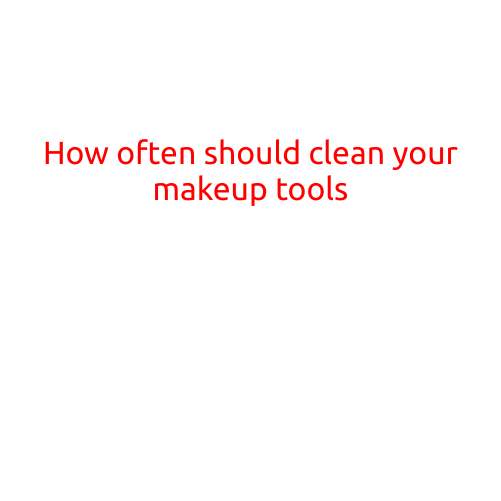
How Often Should You Clean Your Makeup Tools?
As a beauty enthusiast, you likely understand the importance of maintaining good hygiene practices when it comes to your makeup routine. One crucial aspect of this is cleaning your makeup tools regularly. But exactly how often should you clean your makeup tools, and what’s the best way to do so?
In this article, we’ll explore the reasons why cleaning your makeup tools is essential, and provide you with a comprehensive guide on how often to clean them.
Why Clean Your Makeup Tools?
Makeup tools, such as brushes, sponges, and applicators, can harbor bacteria, dead skin cells, and other impurities that can cause skin irritation, breakouts, and infections. If you don’t clean your makeup tools regularly, these impurities can accumulate and spread to your face, leading to a range of problems.
Furthermore, dirty makeup tools can also affect the performance of your makeup products. For example, a clogged brush or sponge can cause uneven application, mineral buildup, and even contaminate your products.
How Often to Clean Your Makeup Tools?
The frequency of cleaning your makeup tools depends on several factors, including:
- Usage: If you use your makeup tools frequently, you should clean them more often.
- Type of tool: Some tools, like brushes, require more frequent cleaning than others, like sponges.
- Personal hygiene: If you have sensitive skin or allergies, you may need to clean your tools more frequently.
Here’s a general guideline:
- Brushes: Clean your brushes every 1-2 weeks, or after each use if you have oily skin or acne-prone skin.
- Sponges: Clean your sponges every 1-2 weeks, or after each use if you have sensitive skin.
- Applicators: Clean your applicators (e.g., lipsticks, eyeshadow brushes) every 2-4 weeks.
- Mascara Wands: Clean your mascara wands every 1-2 weeks.
How to Clean Your Makeup Tools
Cleaning your makeup tools is relatively simple. Here are some tips:
- Wash with soap and water: Dampen your tool with warm water, then apply a small amount of mild soap or shampoo. Gently rub the tool with your fingers or a soft cloth to remove dirt and impurities. Rinse thoroughly with warm water.
- Sanitize with vodka or rubbing alcohol: Mix 1 part vodka or rubbing alcohol with 2 parts water in a bowl. Submerge your tool in the solution and let it sit for 5-10 minutes. Then, rinse thoroughly with warm water.
- Dry and store: Use a soft cloth or paper towel to dry your tool. Store them in a clean, dry place to prevent bacterial growth.
- Deep clean with aloe vera or tea tree oil: Mix a few drops of aloe vera or tea tree oil with water to create a gentle deep-cleaning solution. Apply the solution to your tool and let it sit for 10-15 minutes. Then, rinse with warm water and dry as usual.
Conclusion
Maintaining good hygiene practices when it comes to your makeup tools is crucial for both your skin’s health and the performance of your makeup products. By cleaning your makeup tools regularly, you can prevent the buildup of bacteria, dead skin cells, and other impurities that can cause skin irritation, breakouts, and infections. Remember to follow the guidelines outlined above and take the necessary steps to keep your makeup tools clean and hygienic.
